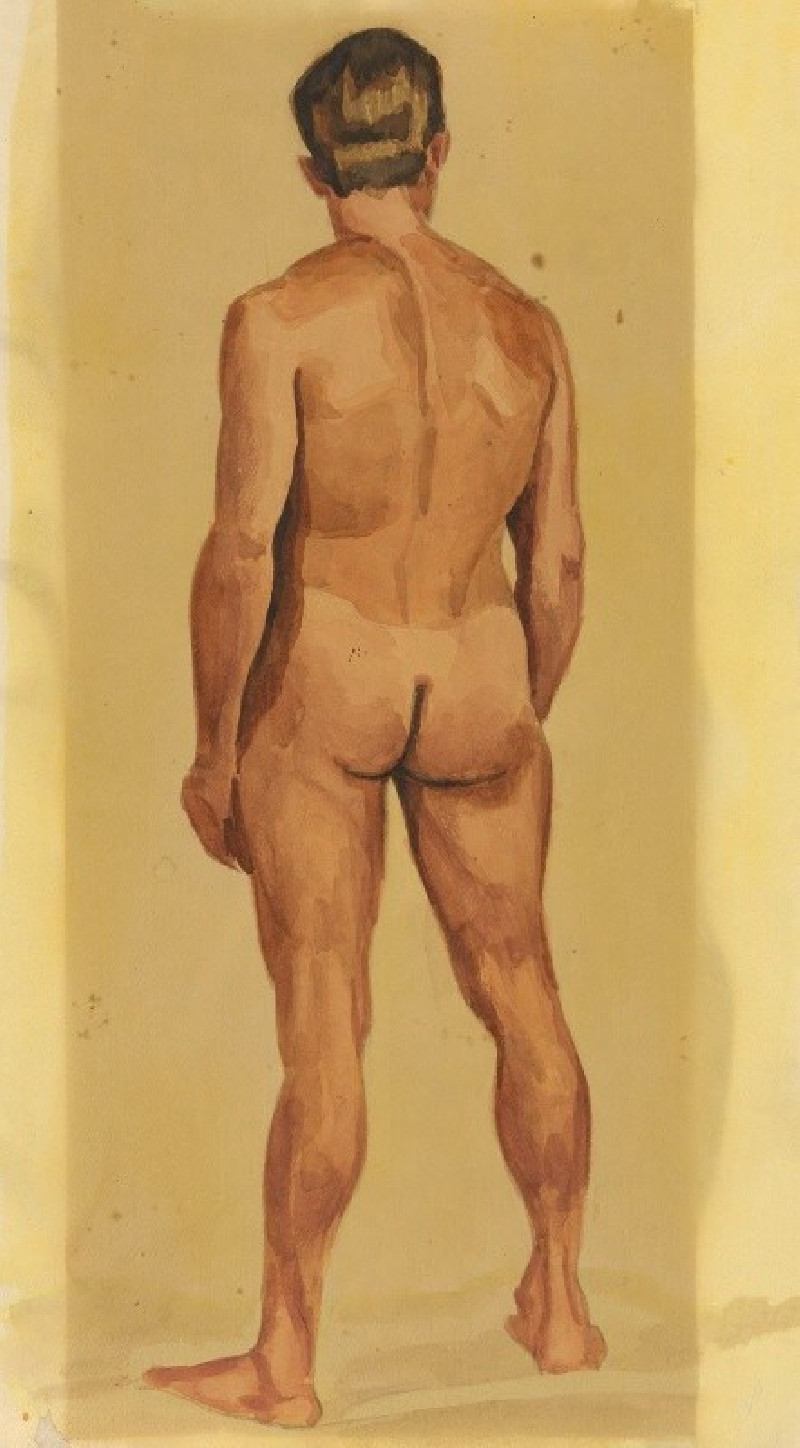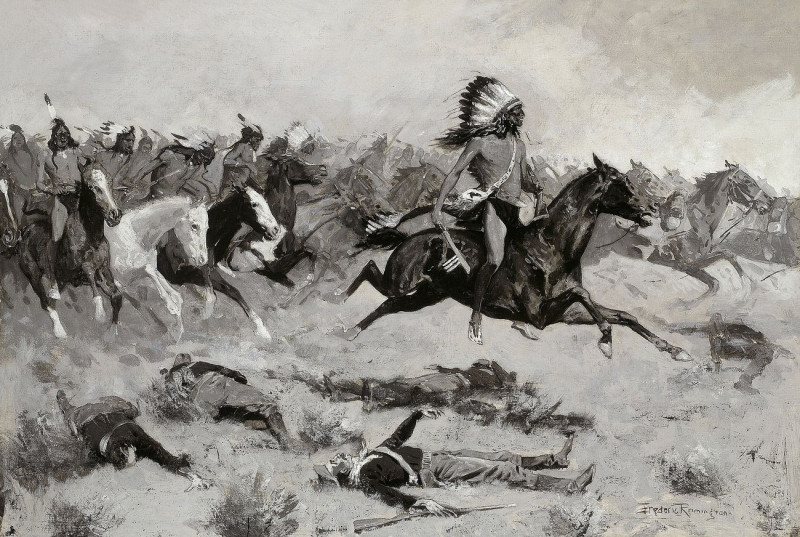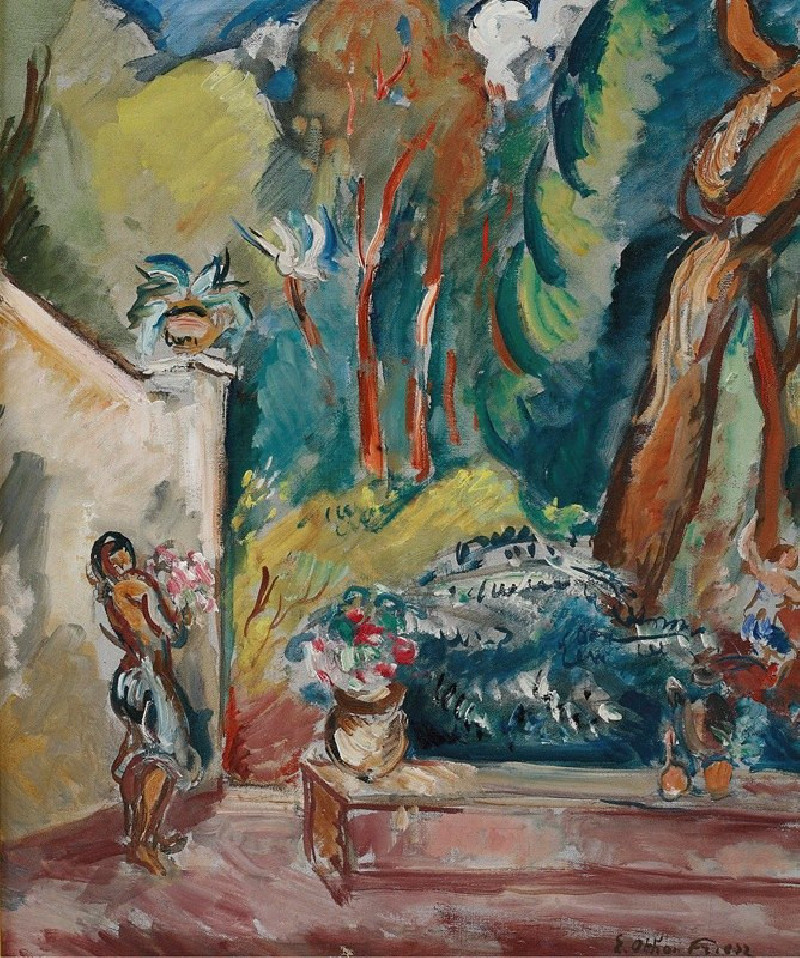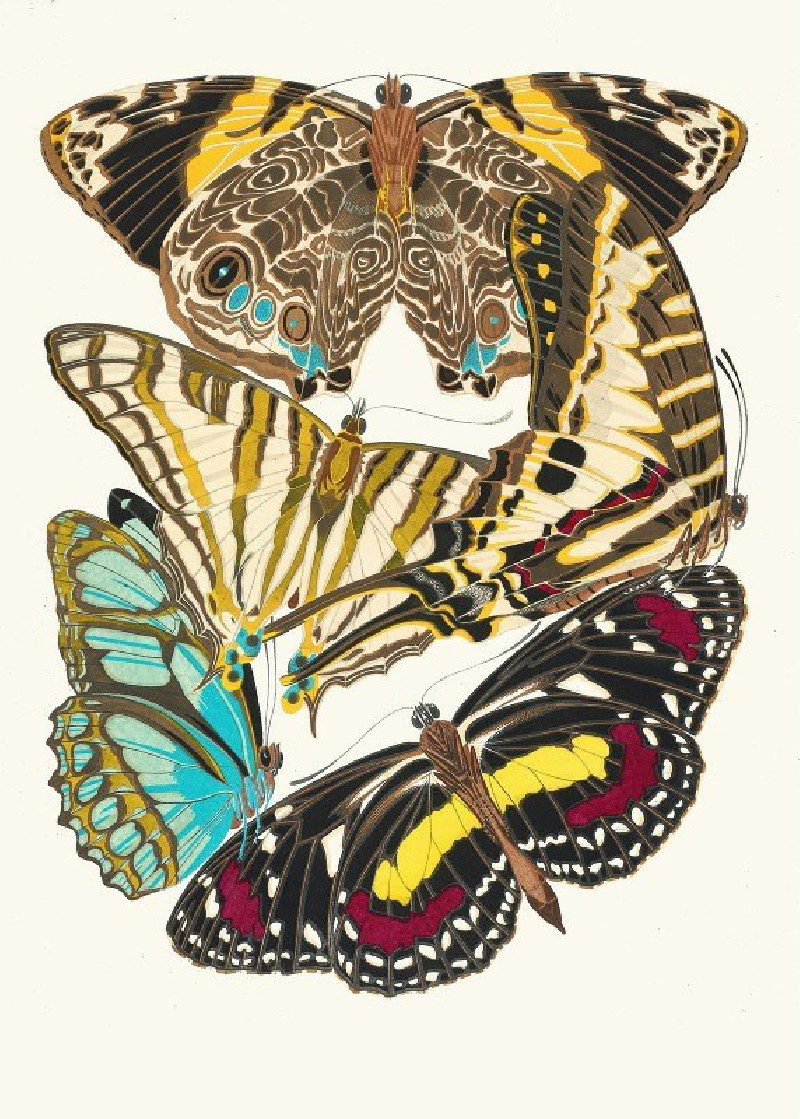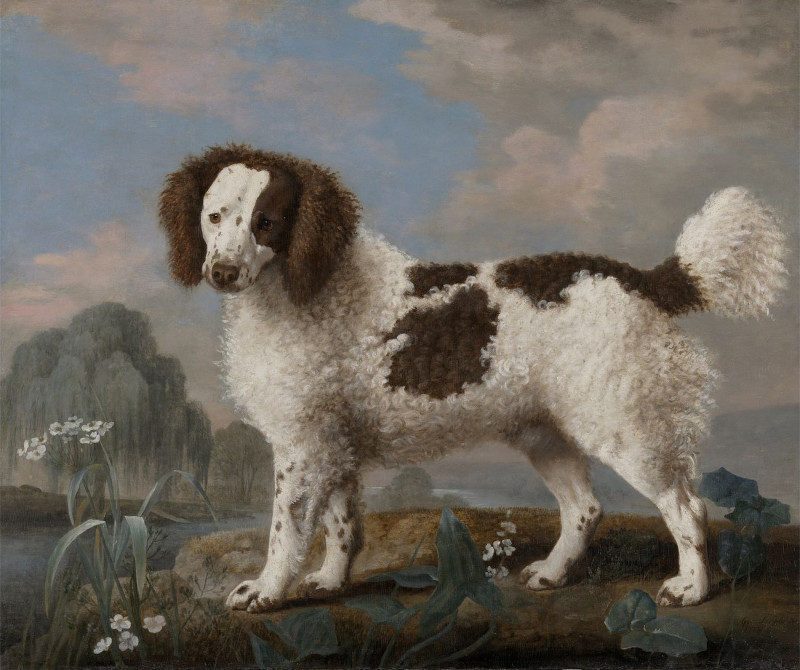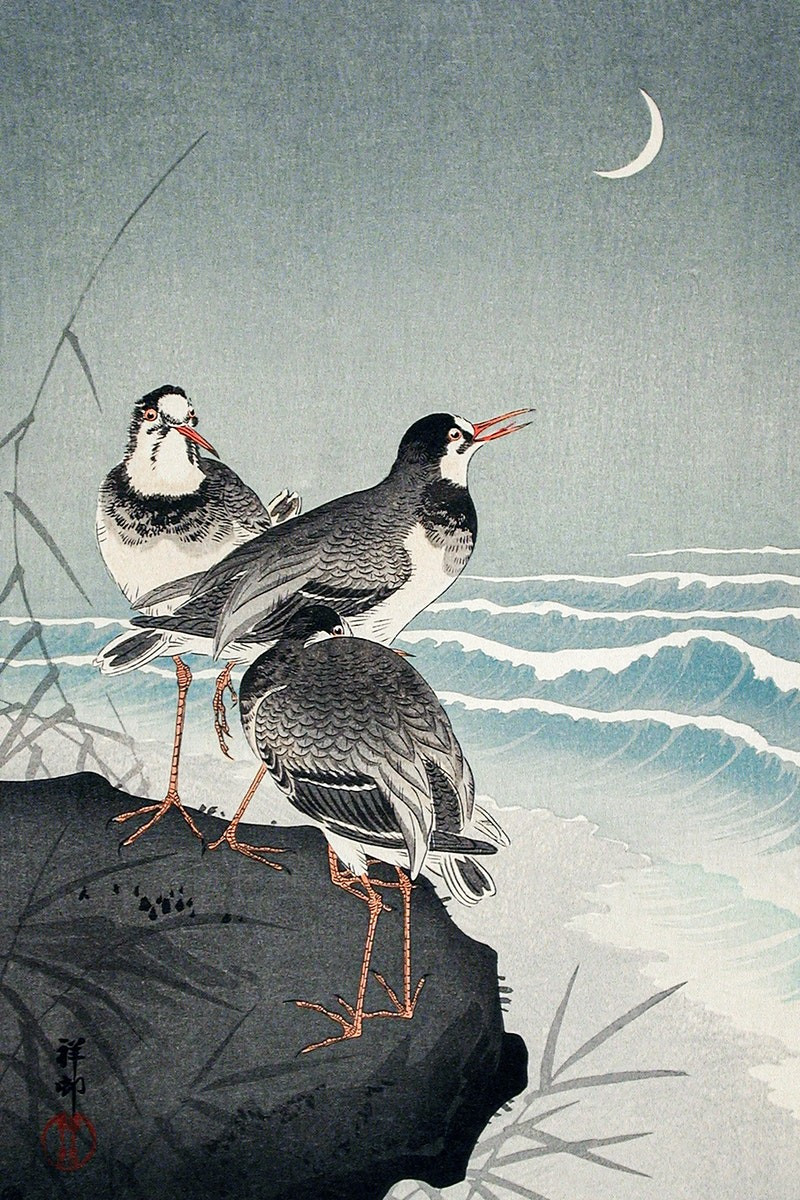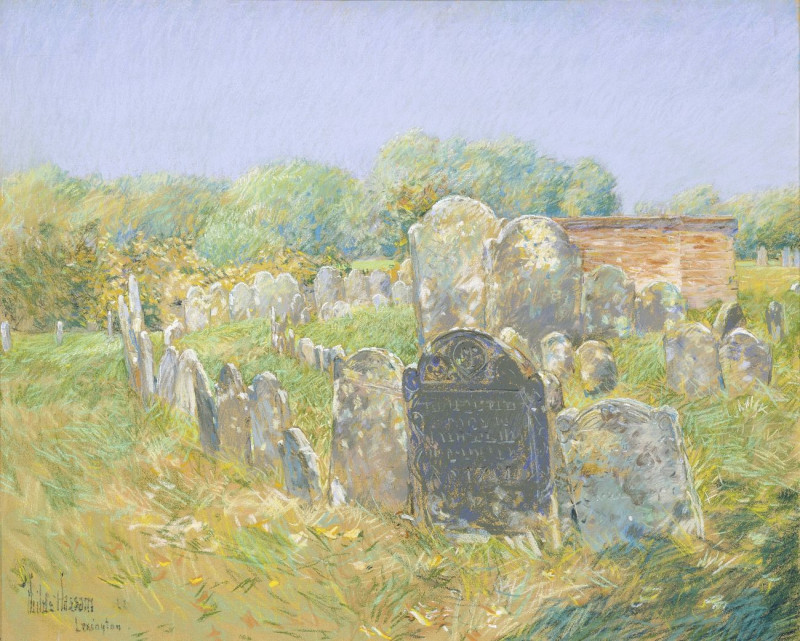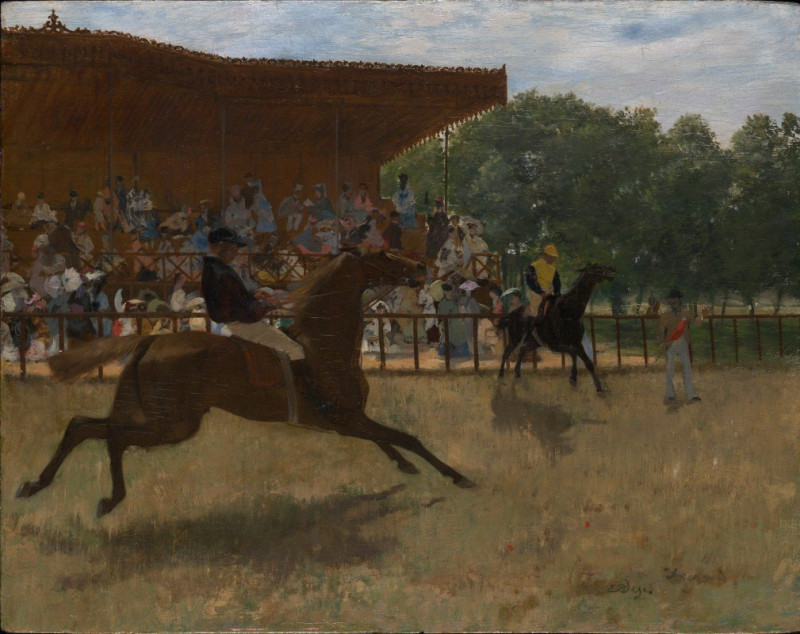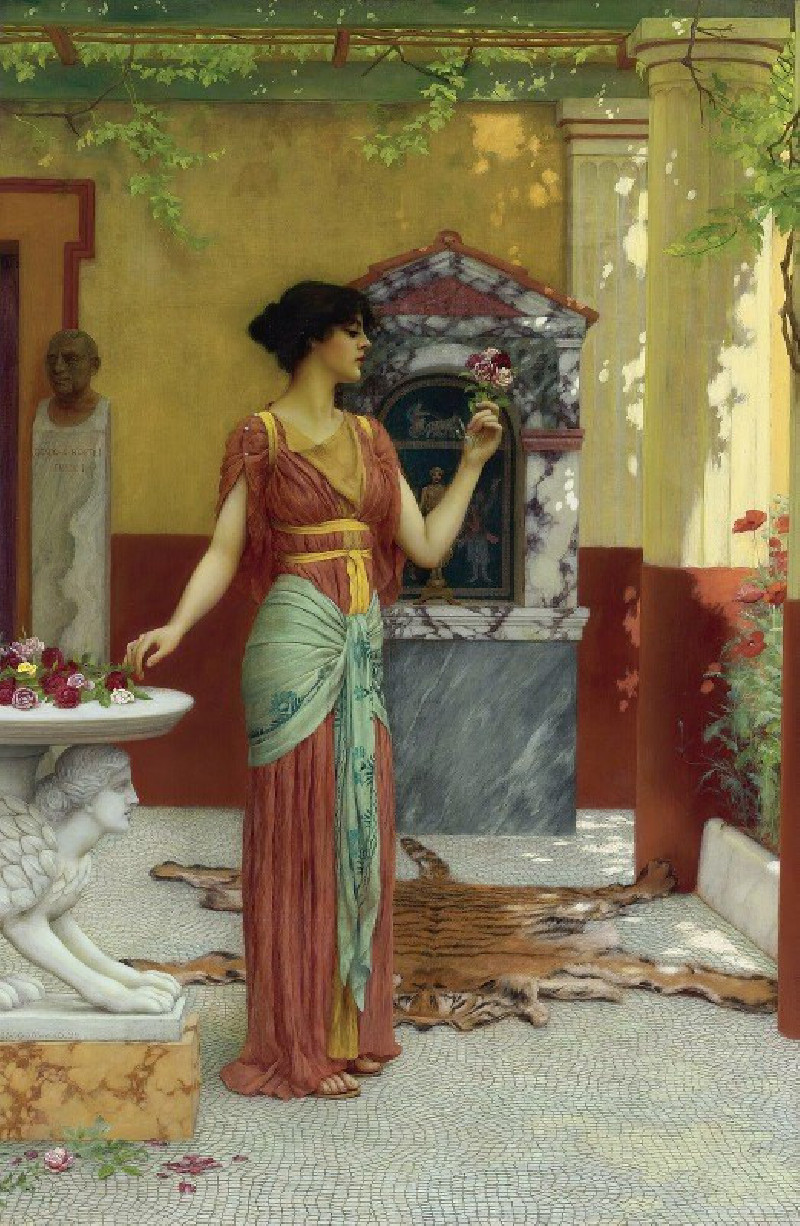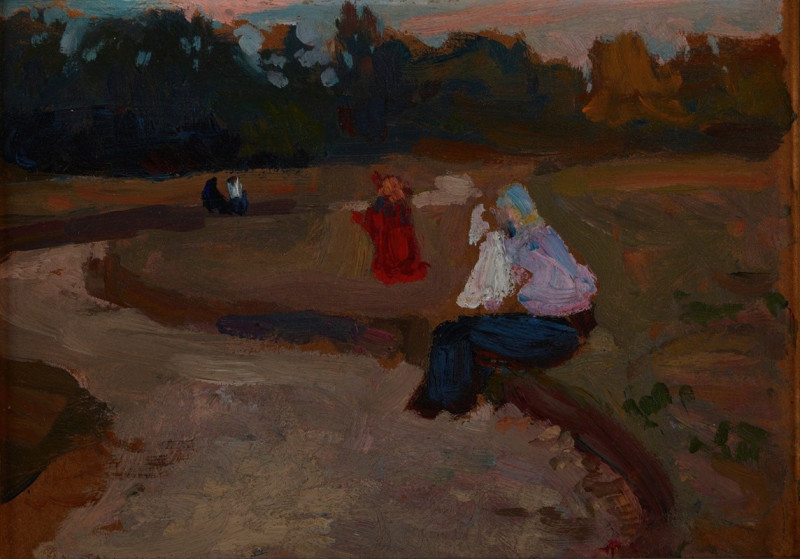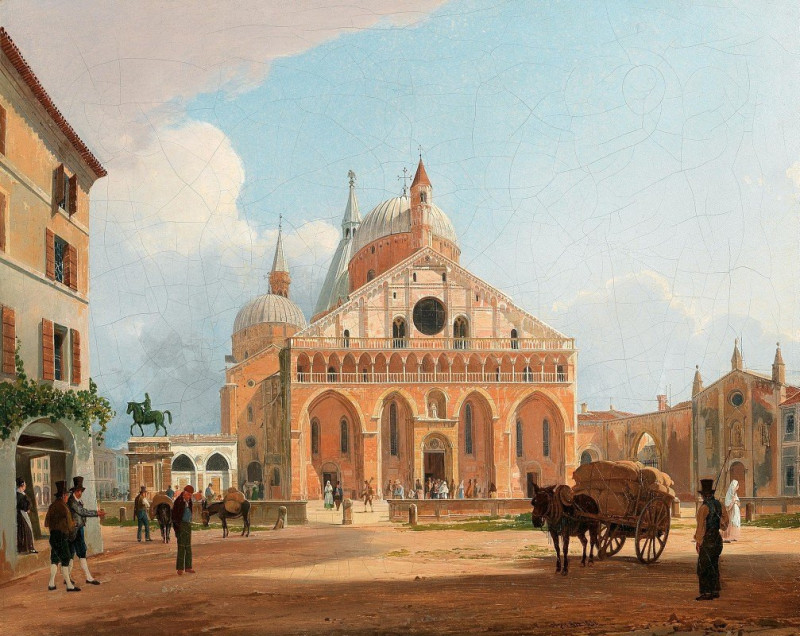männlicher Akt VII (ca. 1926)
Technique: Giclée quality print
Recommended by our customers
More about this artwork
We are pleased to feature a significant work from the collection titled "Männlicher Akt VII" (Male Nude VII) by artist Karl Wiener, dated approximately 1926. This painting is a study in the subtlety of human form and the beauty of understated expression.In "Männlicher Akt VII", Wiener explores the strength and poise of the male figure. The subject is depicted from behind, offering a view that highlights the contours and muscles of the back, the curvature of the buttocks, and the sturdy lines of the legs. The subject stands upright and confident, evoking a sense of quiet dignity and introspection.The color palette used by Wiener is subdued, primarily focusing on natural flesh tones against a soft, unobtrusive background. This simplicity in color enhances the focus on the physical form and muscle definition, allowing the viewer to appreciate the anatomical details and the play of light and shadow.This artwork is a fine example of Wiener’s skill in capturing the human body, showing both his technical prowess and his sensitivity towards portraying the natural elegance of the human form.

